UV filters are optical filters that are screwed in front of the lens and serve to block ultraviolet light. UV light is found in natural sunlight. It not only affects our skin, where it can quickly lead to painful sunburn, it also has an influence on image quality. Especially photographers who took snapshots in the days of analogue photography still know the UV filter. But such a filter can also be useful on the lens of a reflex camera: it protects the lens from damage. Improper cleaning can quickly lead to scratches or the front lens can hit a hard object in the heat of the moment and shatter. Then it is good to have a UV or protective filter on the lens, because replacing it costs much less money than buying a new front lens. However, in order to find a UV protection filter that does not reduce the imaging performance, there are a few things you should look out for when buying.
UV filters were indispensable in the days of analogue photography. They served to protect the film from ultraviolet light. Although this high-energy radiation is not perceptible to the human eye because its wavelength is below the wavelength of visible violet light, it could have a negative effect on image quality in analogue photography. At that time, the lenses were not as well coated as they are today, which is why a UV filter was useful. The short wavelength of UV radiation caused unsightly chromatic aberrations, especially with inferior and poorly coated lenses, which could be minimised using UV filters.
Today, however, things are somewhat different, because the light-sensitive sensors of SLR cameras are protected from the undesirable UV light from the outset by two aspects. Firstly, a UV blocking filter is integrated in front of each camera chip anyway, which blocks the UV radiation. However, the majority of the radiation does not reach the sensor anyway, but is blocked out beforehand by the excellent coating of the DSLR lenses. This is why many photographers are of the opinion that they do not need a UV filter because UV light no longer plays a role in digital photography. However, it can still make sense to use a UV filter even on high-quality lenses for SLR cameras.
You wonder why so many UV filters are sold and why most photographers continue to use them? There is a simple reason: the filter is often permanently mounted in front of the front lens to protect it from dirt and damage. In this sense, it does not serve as UV protection, but rather as general protection of the lens. Especially when the camera is used, for example, in the desert during a sandstorm or on a ship in the open sea, the filter reliably protects against salt, sand and dirt. But unsightly scratches also appear quickly when cleaning the front lens. The larger the front diameter and the better the coating of the front lens, the more expensive it is to repair the lens. In contrast, a protective filter is truly inexpensive, which is why many photographers prefer to protect their lenses rather than have them repaired at great expense.
Protective filters are offered by all well-known filter manufacturers such as Hama, B&W and Hoya. They are available in all common lens diameters, although they are especially recommended for large lenses with a diameter of 67 or 77 millimetres, because then a repair is associated with high costs. When buying a filter, pay attention to the following points to protect your lens without affecting the image quality:
By the way: As an alternative to the UV filter, you can also use a neutral density filter ND1 or a skylight filter to protect your front lens.
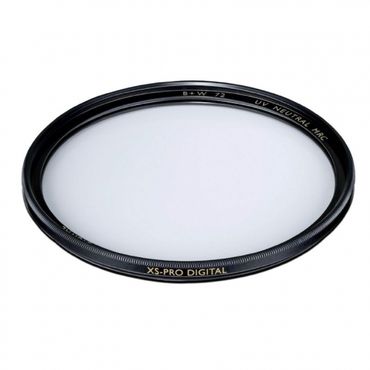
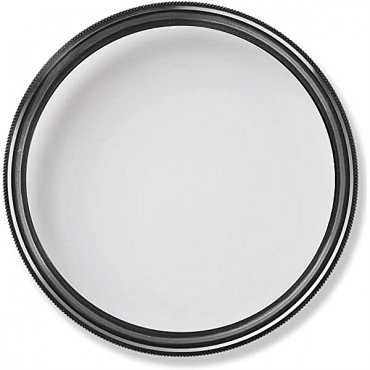
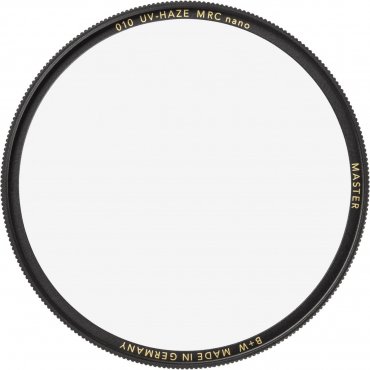
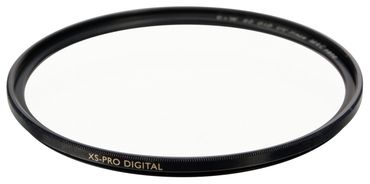
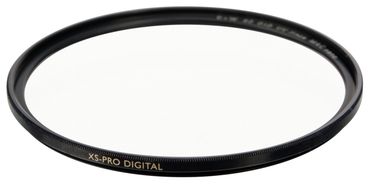
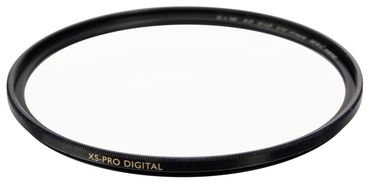

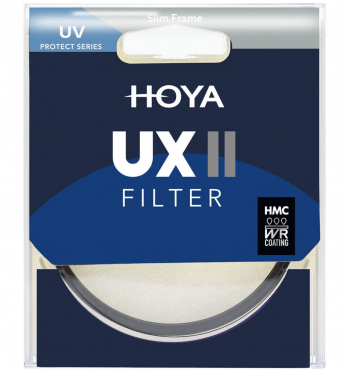
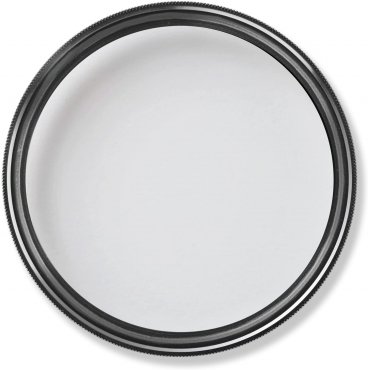
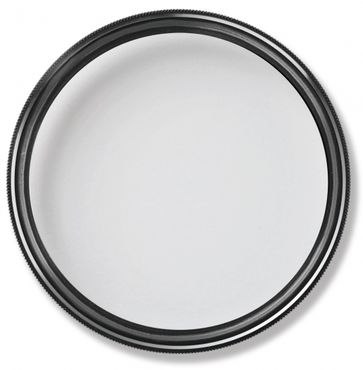
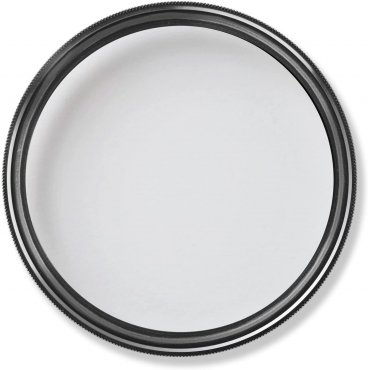
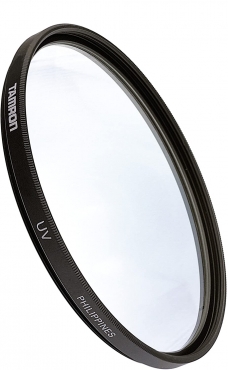
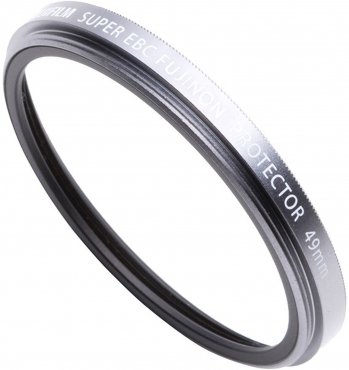
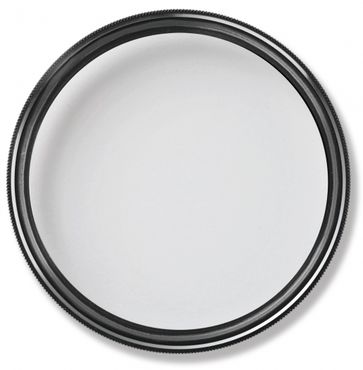
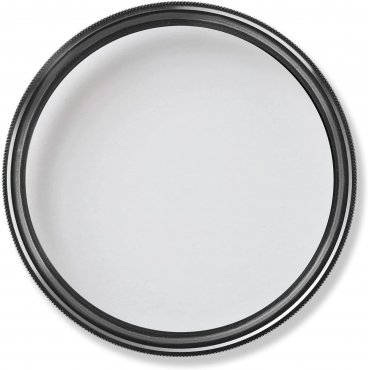
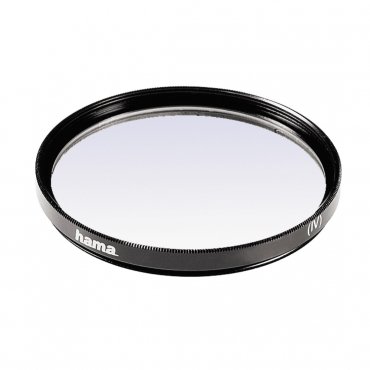
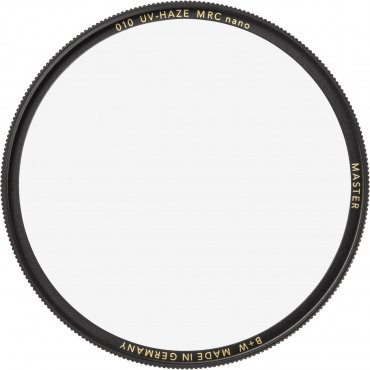


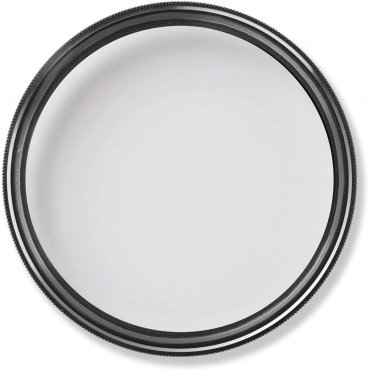
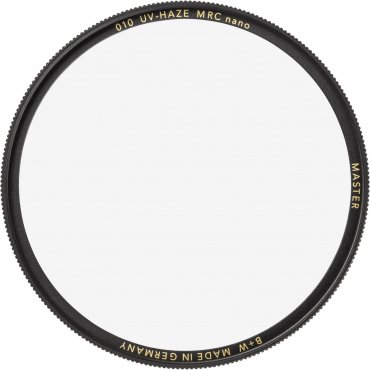
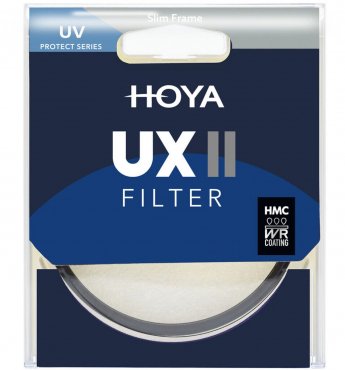
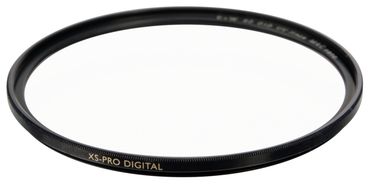

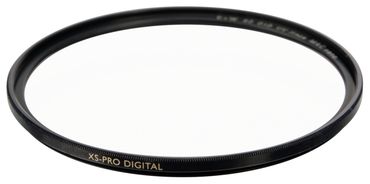

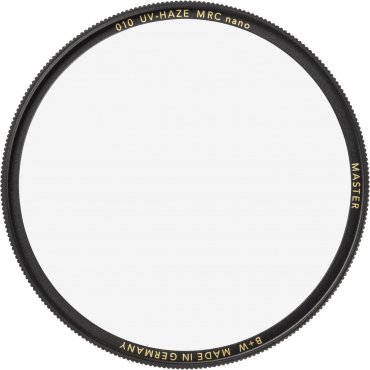
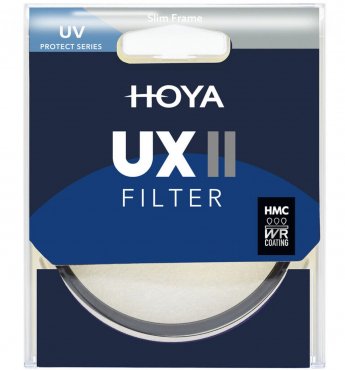
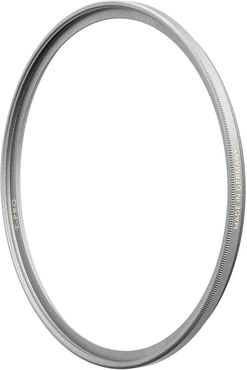
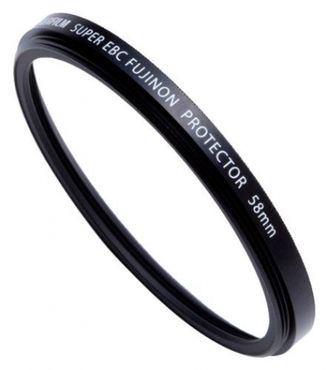

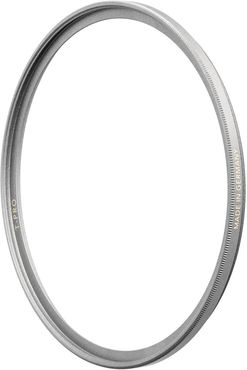

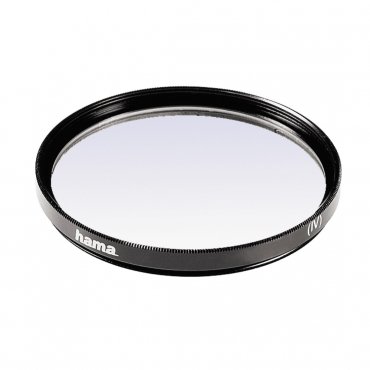
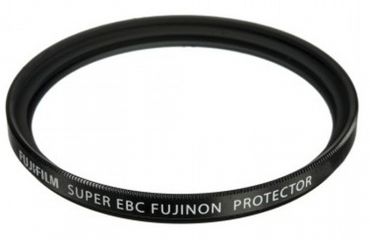
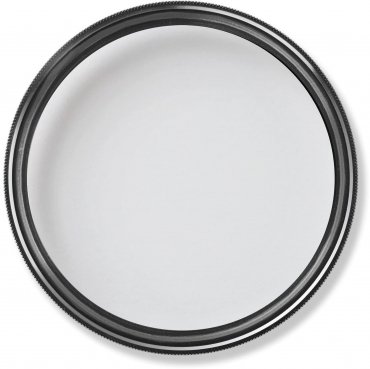
Simply subscribe and benefit as a newsletter recipient every week: